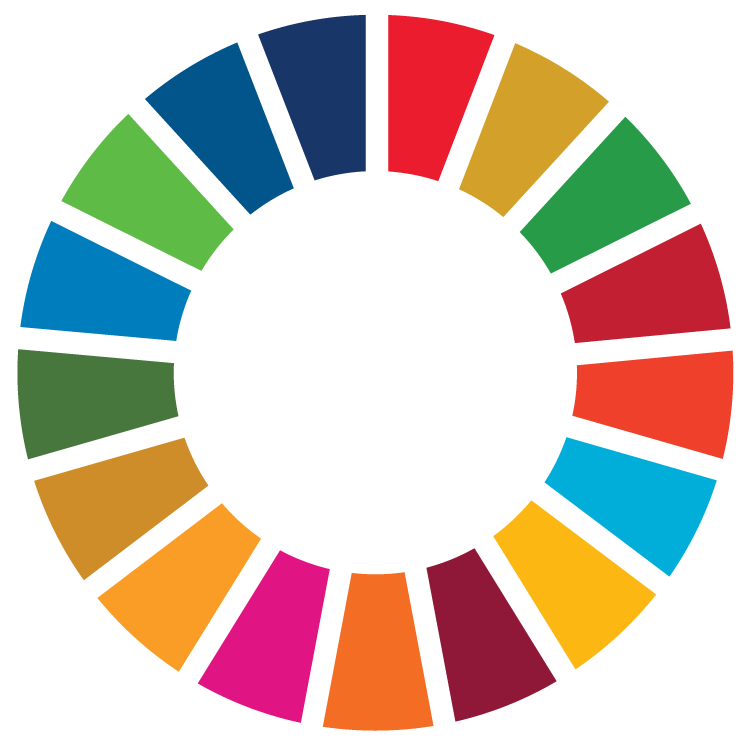Nairobi, 4 October 2016: UN Environment’s work on Kenya’s Tana River Basin is making waves.
The basin supplies Nairobi with 80 per cent of its drinking water. It also provides 70 per cent of the country’s hydropower.
Eight million people live along the river, where tea, coffee, maize and other cash crops are grown for export, and cattle grazing and fishing provide major sources of food for large parts of the country’s population.
The river’s health and long-term ability to provide these and other essential services is increasingly under threat, however, due to poor land use practices, pollution, soil erosion, overgrazing, deforestation and the expansion of agriculture into savannah lands and wetlands.
Several planned dams and diversion schemes are also posing threats to some parts of the river, its ecosystems and local communities, while providing socioeconomic benefits in other stretches.
A new report titled The Economics of Ecosystem Services of the Tana River Basin looks at how to strike the right balance between development and conservation in the basin, analysing development scenarios planned for the basin and their benefits and trade-offs for human wellbeing.
The Upper Tana Catchment Area is already home to the largest dam and reservoir capacity in Kenya, with a total installed capacity of 567 MW – which varies widely in rainy and dry seasons but is enough to deliver 40 to 60 per cent of the total energy in the country. The High Grand Falls (HGF) Dam, which would be Africa’s second largest upon completion in 2020, is expected to add an additional 500-700 MW of electricity.
Building additional dams and reservoirs can create local benefits such as power generation, irrigation, drinking-water supply, and recreation, depending on their location and the amount of water available to the ecosystems. However, for users farther downstream, they can lead to reduced quantity and quality of water resources.

"My village depends on the fish that only live and breed in the mangroves of the Tana Delta,” said Awadh Mbarak of the Kipini Community Conservation Management Forum in the Tana Delta. ”Our livelihoods would be destroyed if the HGF Dam diverted water from our region.
“This research was essential for helping people understand the impacts these development projects would have on our community. I hope it will be helpful to teach both the government and future generations in our village how to protect and care for our mangroves.”
The report values the ecosystem services of mangroves in the Tana River Delta – which provide services such as fish, firewood and flood protection – at US$2.5 million. Already 38 per cent of the mangroves in the delta have been lost.
Julie Mulonga of Wetlands International, which co-produced the report, said, "The economic valuation of the environmental uses of wetlands and water resources … has the potential to bring a more balanced perspective to the allocation and management of water resources.”
The report also presents a cost-benefit analysis of major initiatives of Kenya Vision 2030 (including the HGF Dam) measured on social, economic and environmental grounds, while taking the well-being of all populations into account.
The greatest net benefits would be achieved if no additional development is done in the Tana River Basin; lower benefits (but still positive) would be achieved if the HGF dam is built without the implementation of the million acres irrigation scheme (basically a large flood plain). The most negative impacts would be seen if Kenya did both the HGF dam and the irrigation plain, with the intention of boosting food exports.
The report is the result of collaboration between Kenya’s Water Resources Management Authority, the National Museums of Kenya, Wetlands International, UN Environment, the Netherlands Ministry of Economic Affairs, the Universities of Amsterdam and Nairobi, and the Institute for Environmental Studies. It speaks, in particular, to Sustainable development Goal 6: Ensure availability and sustainable management of water and sanitation for all.
For more information on UN Environment’s work in the area of freshwater, see http://www.unep.org/themes/freshwater/.













